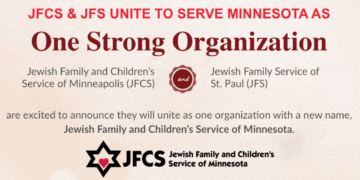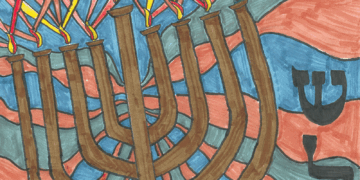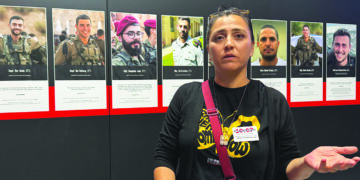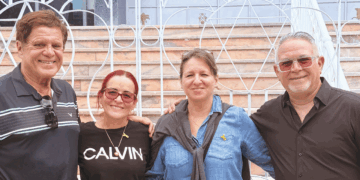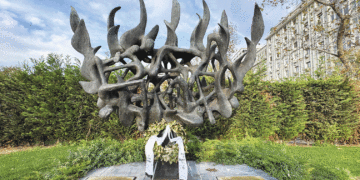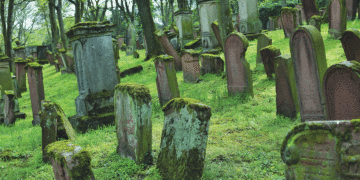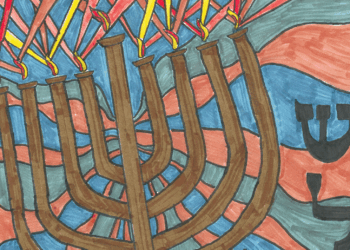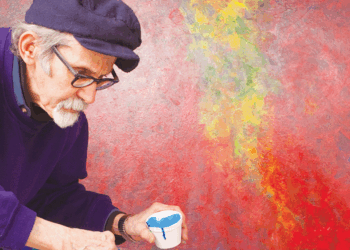The Ambiguity of Virtue: Gertrude van Tijn and the Fate of the Dutch Jews, by Bernard Wasserstein, Harvard, 352 pages, $29.95
Reviewed by NEAL GENDLER
I never heard Gertrude van Tijn’s name among rescuers of European Jews until Bernard Wasserstein’s nicely written account of how she sent thousands of German, Austrian and Dutch Jews beyond the grasp of Nazi Germany.
The Ambiguity of Virtue recounts van Tijn’s work to place Jews around the world despite severe immigration restrictions during the Depression and war years. Her exhausting efforts, which included negotiating with Nazi officials, brought her a heart attack, a later nervous collapse and postwar suspicion of collaboration.
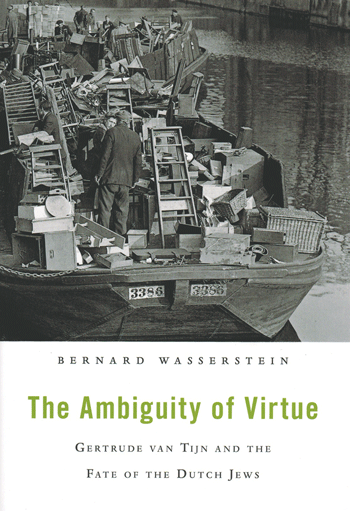
Hence the ambiguity, which also befell Hungarian Rezso Kasztner, whose 1944 negotiations with Nazis — including Adolf Eichmann — saved lives by delaying deportations and getting 1,684 Jews on a train to Switzerland. Accused of collaboration, he was assassinated in Israel in 1957.
Far from collaborating, van Tijn was so devoted to saving others, Wasserstein says, that she declined opportunities to save herself — even returning to occupation after a trip to freedom’s portal, Lisbon.
German-born van Tijn (née Cohn), whose unobservant childhood included church attendance, became a social worker. Living with English relatives early in World War I, she began a lifelong concern for refugees by assisting fleeing Belgians. Expelled from Britain in 1915 and “fiercely anti-German,” she went to neutral Holland, where she discovered Zionism, Wasserstein says. By February 1917 she was running the Jewish National Fund’s Amsterdam commissariat.
She married mining engineer Jacques van Tijn, gaining Dutch nationality, a son, a daughter and later a divorce — but also worldly experience living with Jacques in Europe, North America and Africa.
Returning to Holland in 1932, she headed the Council of Jewish Women’s social work department. After Hitler’s election, trilingual van Tijn became secretary of the Committee for Jewish Refugees and the Committee for Special Jewish Interests, both dominated by classics professor David Cohen, whom Wasserstein calls hardworking but unimaginative.
Cohen would co-chair the German-created Jewish Council. Although he shares credit for much of her work from 1933 to 1940, Wasserstein says, van Tijn came to despise Cohen, who later scathingly denigrated her efforts.
Van Tijn acted boldly, obtaining Joint Distribution Committee funding to create Zionist-style training farms for hundreds of children awaiting entry to Palestine, Wasserstein says. She raised funds from Dutch Jews and the Joint Jewish Distribution Committee — which made her its Netherlands representative — to place and send refugees, and to support them as they waited for visas.
Germany invaded in May 1940, and “over the next few months, Gertrude strained every sinew to extricate Jews from Germany” while emigration remained permitted, Wasserstein says. In March 1941, after it had helped an estimated 18,500 Jews leave Holland, the Germans closed the refugee committee. Its work came under the Jewish Council, creating postwar collaboration accusations.
In June 1942, van Tijn resigned rather than register Dutch Jews. Then she led a committee supplying detainees and deportees, many in the Westerbork transit camp Wasserstein calls “an antechamber to mass murder.” She listed 416 “employees” to prevent their deportation.
She also devised a scheme to trade Jews who could claim some connection to Palestine for Germans living in the British Empire. This would save her life, putting her among potential exchangees held in Bergen-Belsen; she and 221 other Dutch and German Jews traveling by rail coach reached Haifa July 10, 1944.
That summer, she wrote a detailed report Wasserstein calls “probably the single most significant eyewitness account of the destruction of Dutch Jewry.”
By year’s end she was in London, a Dutch repatriation commissioner. Her 1945 return to Holland was brief and unpleasant.
The Joint sent van Tijn to China to help Jews who’d found refuge in Shanghai. About 1947, she moved to Taos, N.M., and in 1958 to Portland, Ore., near her daughter. Van Tijn died in 1974, at the age of 83.
Wasserstein, University of Chicago professor emeritus of modern European Jewish history, is an experienced author, writing so fluidly you hardly notice you’re reading. Ambiguity is nicely packaged: sprinkled with photos, indexed, and with pages of sources well beyond van Tijn’s 1944 report and her memoir, which Wasserstein says are substantiated by facts.
Here’s what matters: saving 22,000 German, Austrian and Dutch Jews.
***
Neal Gendler is a Minneapolis writer and editor.
(American Jewish World, 4.11.14)

